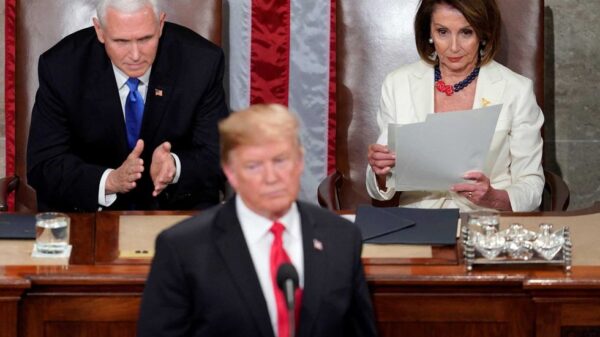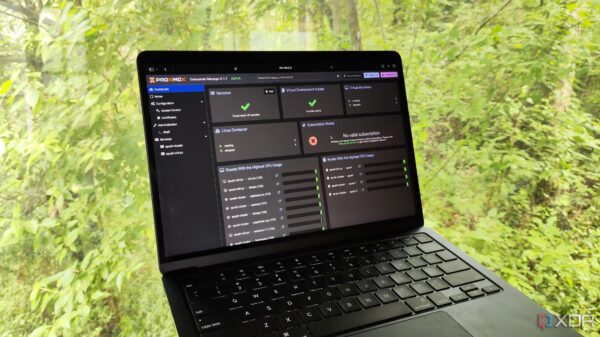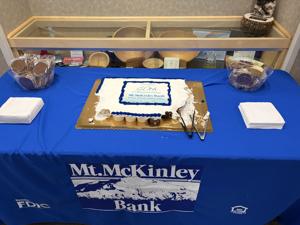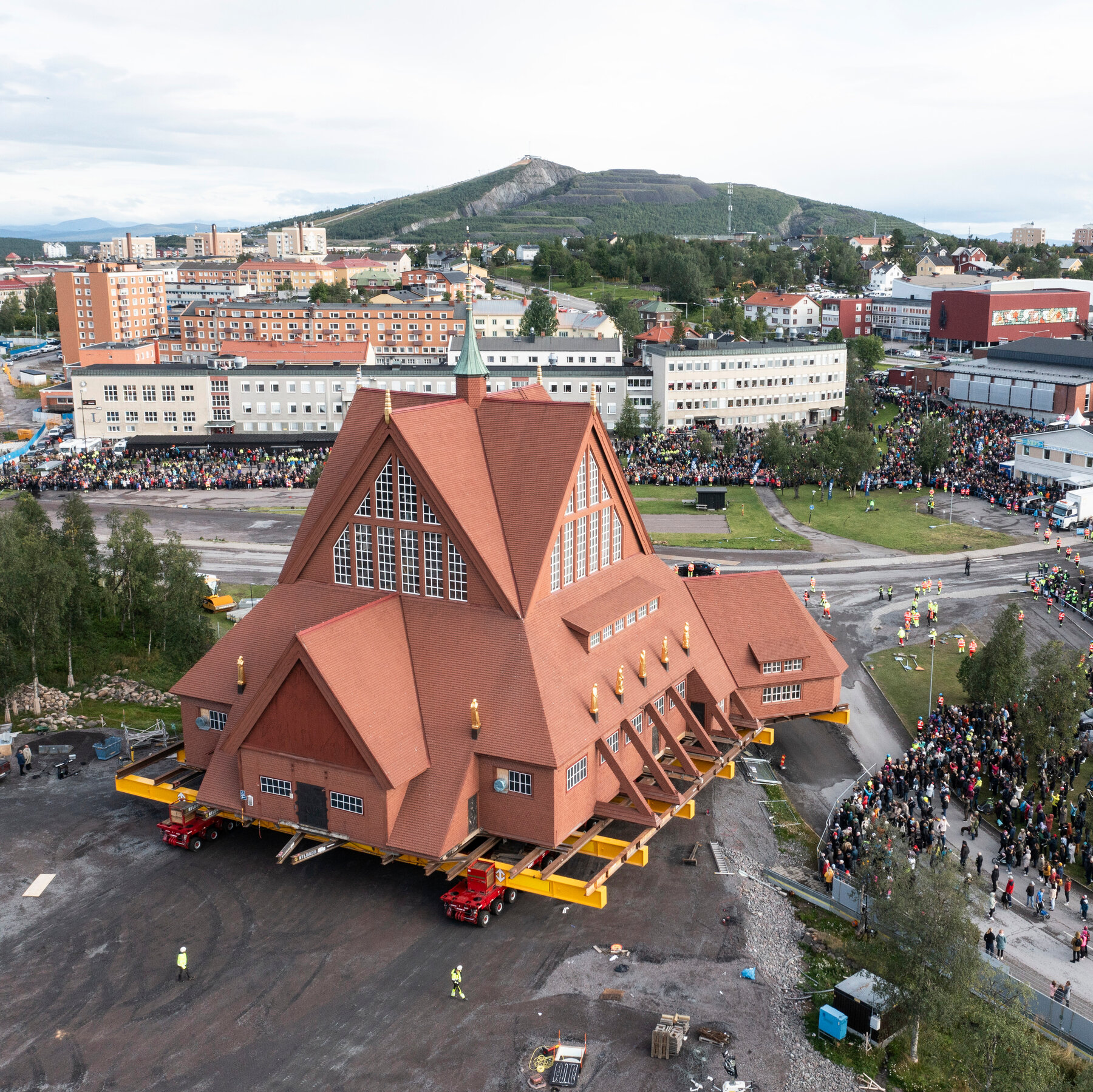The historic Kiruna Kyrka, a striking wooden church renowned for its vibrant red color, began its relocation on March 7, 2023. This significant move comes after local Lutheran leaders blessed the church, which has stood for 113 years on a hill in Kiruna, Sweden’s northernmost city. Over the course of two days, the church will be carefully transported approximately three miles to a new site, aiming to protect it from the impacts of nearby iron mining operations.
This relocation is part of a larger initiative to address the challenges faced by Kiruna due to its position above the world’s largest underground iron ore mine, operated by the state-owned company LKAB. Since 2004, the city has witnessed the relocation of around two dozen buildings following LKAB’s warnings about the risks posed by the expansion of its mining activities. The move of Kiruna Kyrka is particularly significant, given its status as a protected building and a cherished cultural icon in Sweden.
Historical Significance and Community Impact
Originally commissioned by LKAB and completed in 1912, Kiruna Kyrka has long been a focal point for both spiritual gatherings and tourism in the region. Its unique architectural style and prominent position have made it a beloved landmark for locals and visitors alike. The church, alongside its separate belfry, serves as a reminder of the city’s rich history and cultural heritage.
The logistical challenge of relocating such an important structure has been considerable. The careful planning and execution involved in moving Kiruna Kyrka underscore the community’s commitment to preserving its history in the face of modern challenges. As the church makes its way to its new location, residents of Kiruna have shown great interest and support, reflecting the deep emotional ties many have to this iconic building.
Kiruna’s ongoing transformation highlights the broader implications of industrial activities on local communities. As mining operations continue to expand, the town’s officials face the difficult task of balancing economic development with the preservation of its historical and cultural landmarks. The successful relocation of Kiruna Kyrka may serve as a model for future efforts to safeguard other vulnerable structures in the area.
As Kiruna embraces this new chapter in its history, the church’s journey serves as a poignant reminder of the intersection between community identity and industrial progress. The residents are hopeful that this move will not only protect their cherished church but also preserve the essence of their city for future generations.







































































